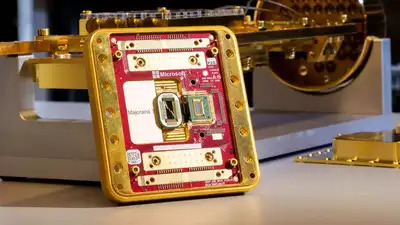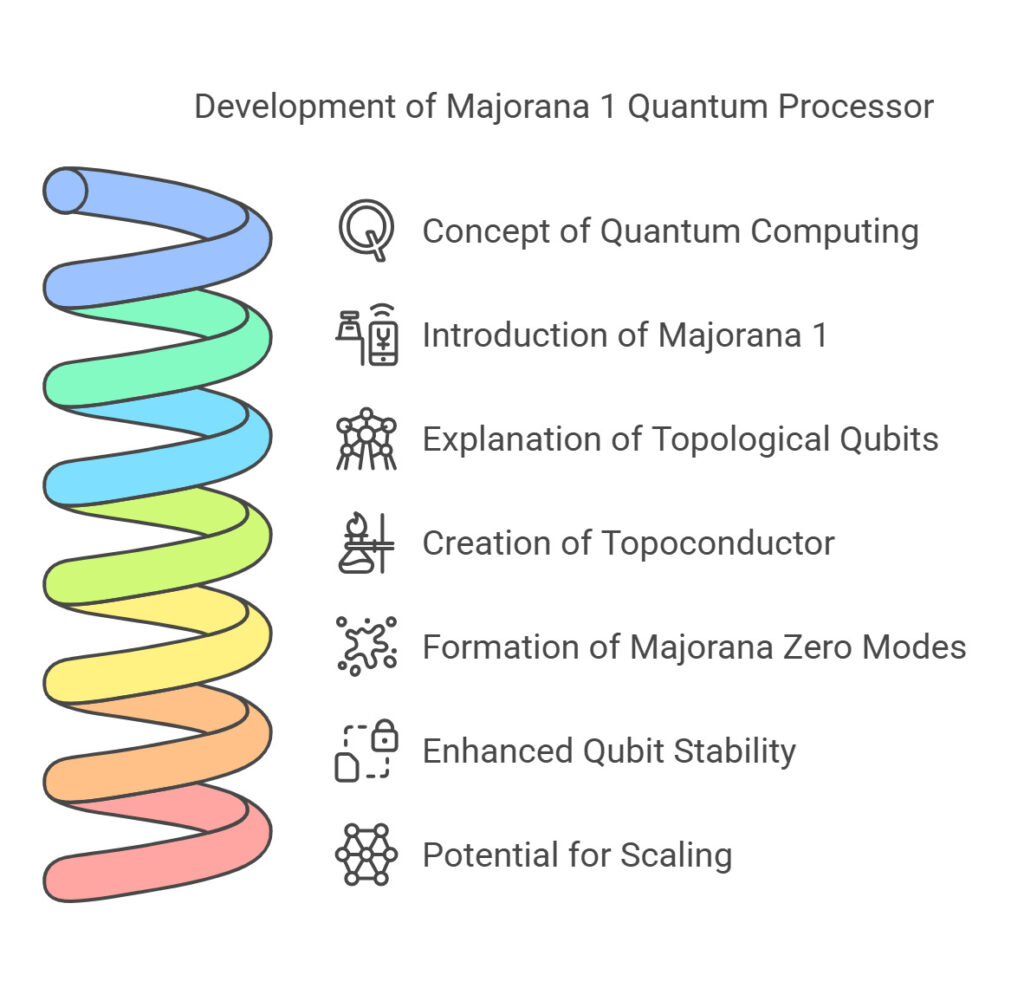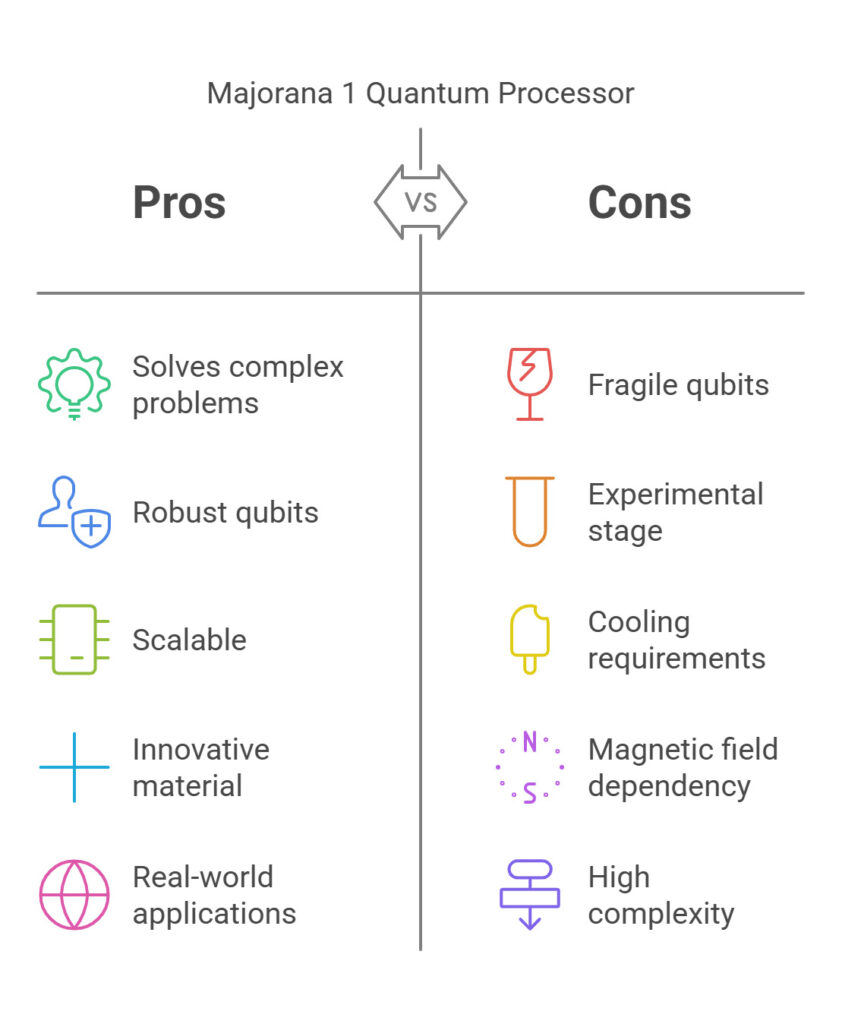
After nearly two decades of research, Microsoft has introduced its groundbreaking Majorana 1 quantum chip, marking a major step forward in quantum computing. Unlike conventional quantum chips, which struggle with stability and error rates, the Majorana 1 harnesses topological qubits—a revolutionary approach based on Majorana fermions, an exotic state of matter that offers enhanced stability and fault tolerance.
A New Era in Quantum Computing
The Majorana 1 currently contains eight qubits, but Microsoft’s ambitious roadmap aims to scale that number to one million. This aggressive expansion could bring commercially viable quantum computing within reach in years, not decades—a claim that puts Microsoft in direct competition with Google and IBM, both of whom have been racing to achieve quantum supremacy.

Why Majorana Qubits Matter
Microsoft’s breakthrough relies on a topological superconductor made of indium arsenide and aluminum, enabling the detection and control of Majorana particles. These qubits offer:
✅ Greater stability – reducing the common problem of decoherence.
✅ Lower error rates – making computations more reliable.
✅ Better scalability – paving the way for large-scale quantum machines.

The Race to Quantum Supremacy
While Google and IBM have pursued superconducting qubits, Microsoft’s approach using topological qubits could lead to more practical, error-resistant quantum computers. If successful, the Majorana 1 chip could accelerate advancements in cryptography, AI, material science, and complex problem-solving on an unprecedented scale.
With the quantum revolution drawing closer, Microsoft’s Majorana 1 chip may redefine the future of computing. Will this technology deliver on its promise of stable, large-scale quantum computing? Only time will tell.



